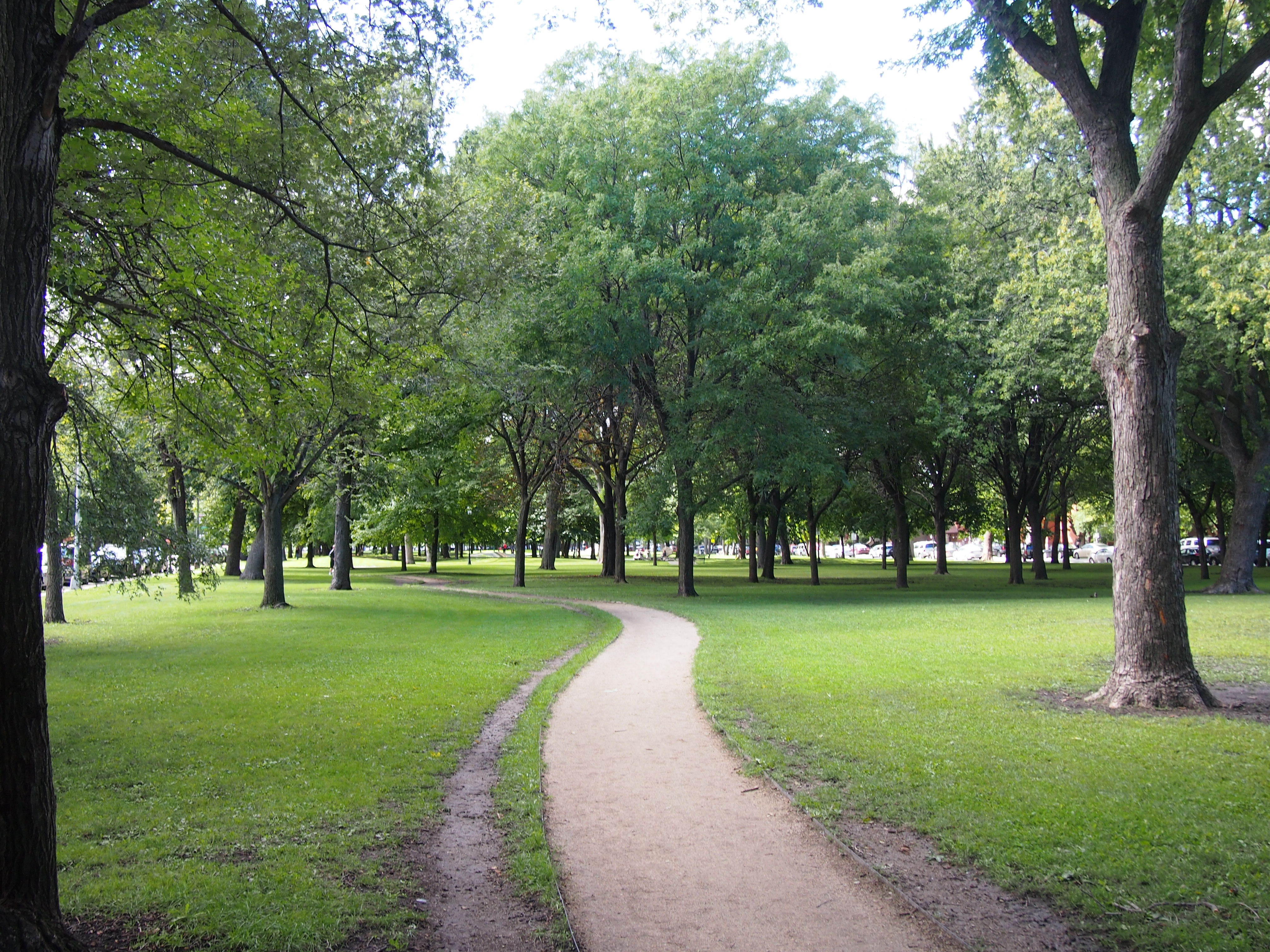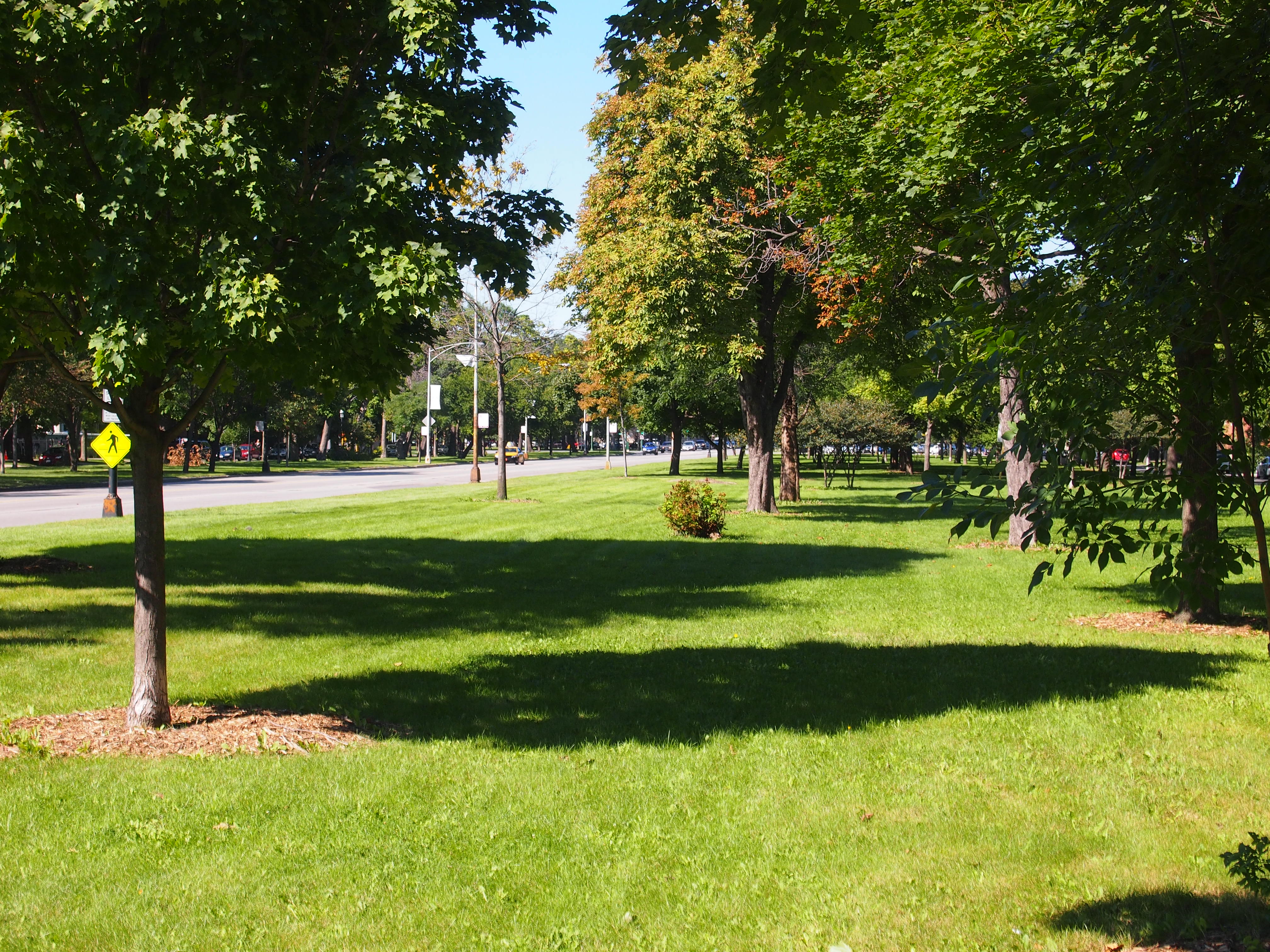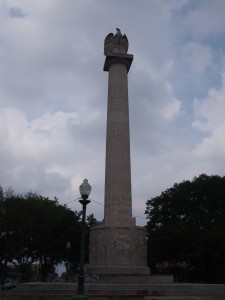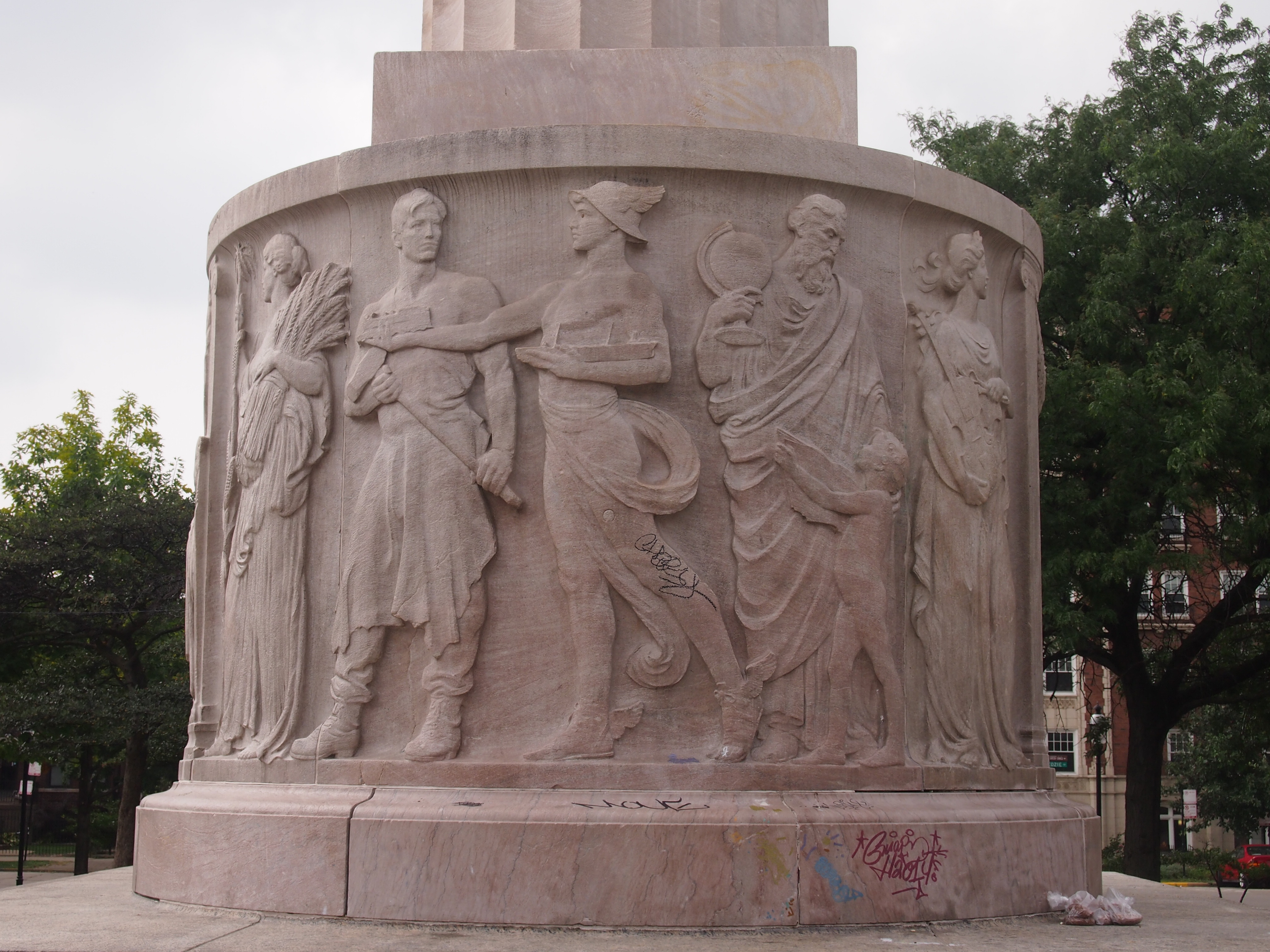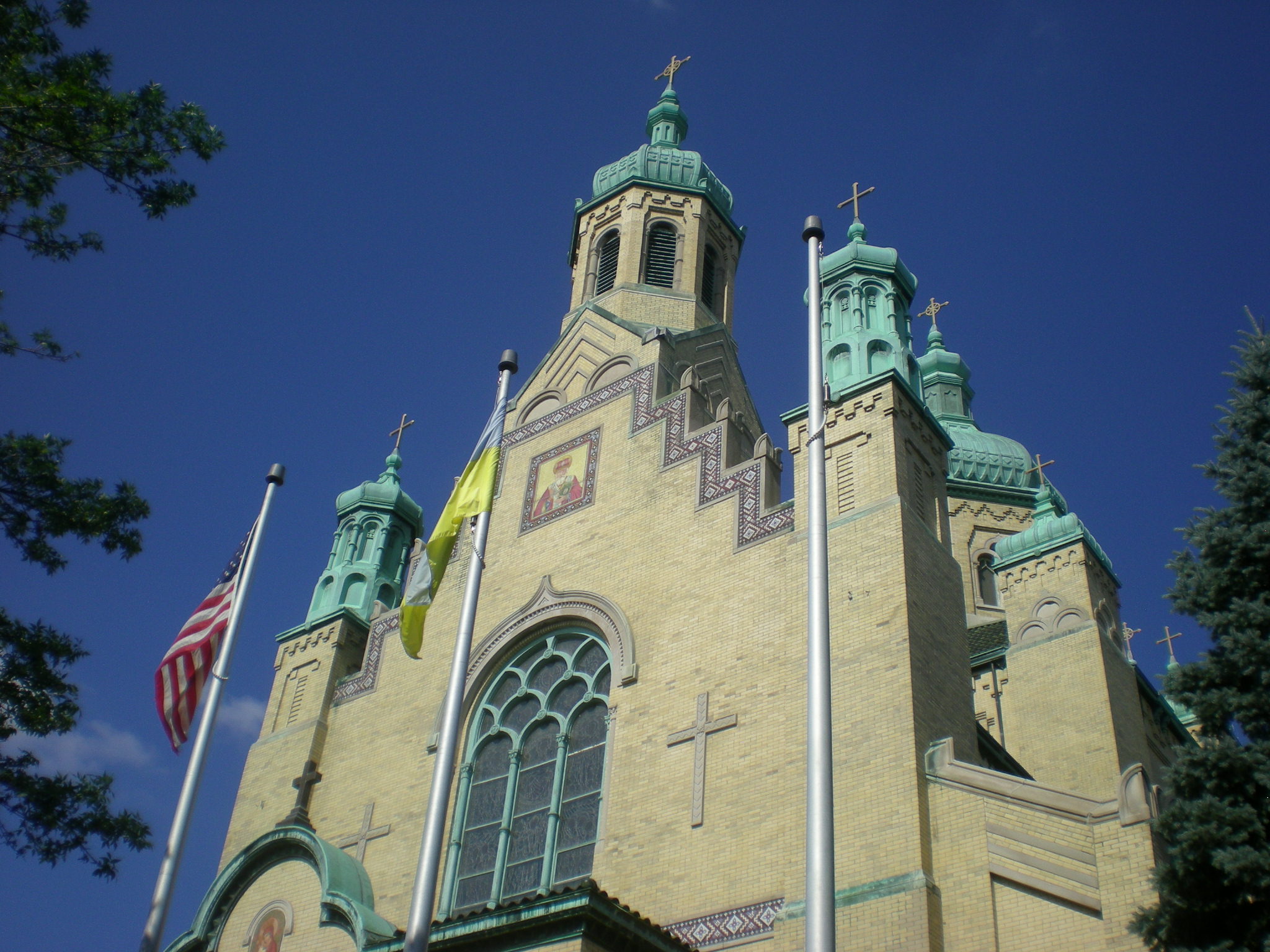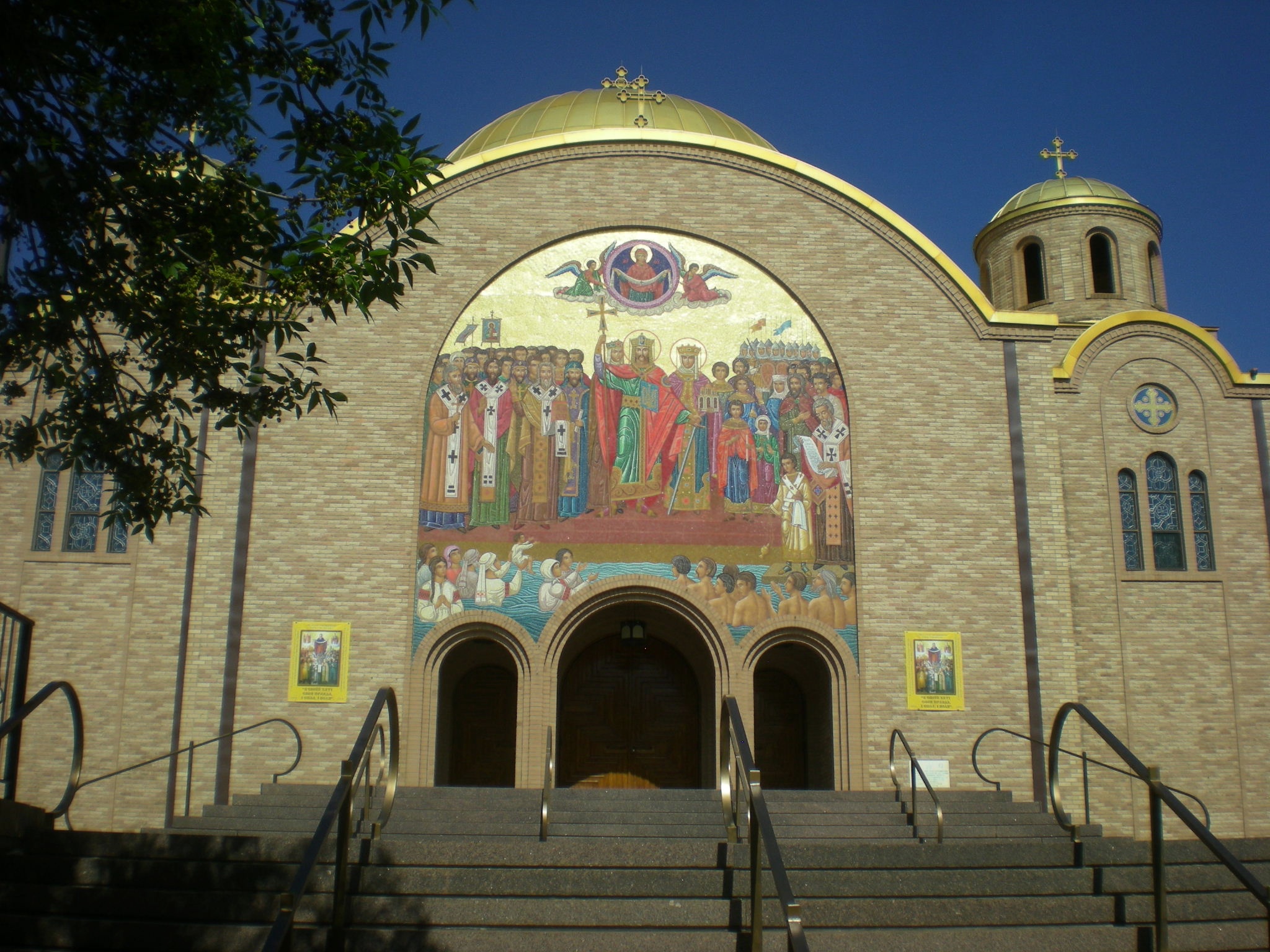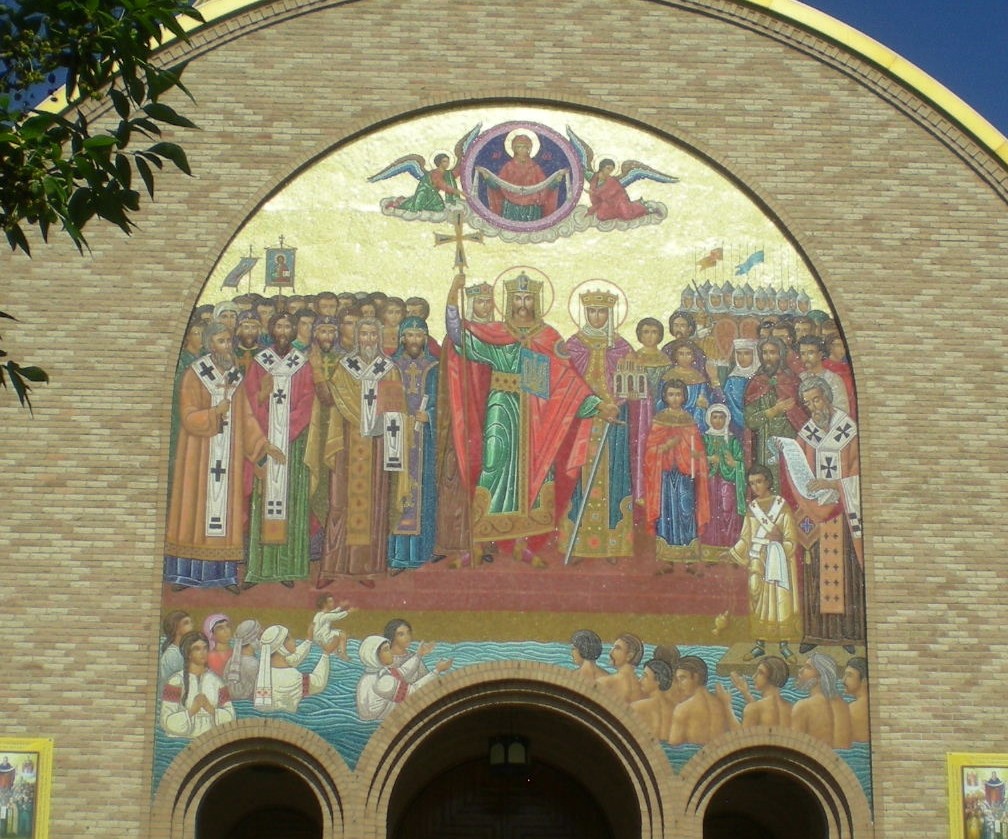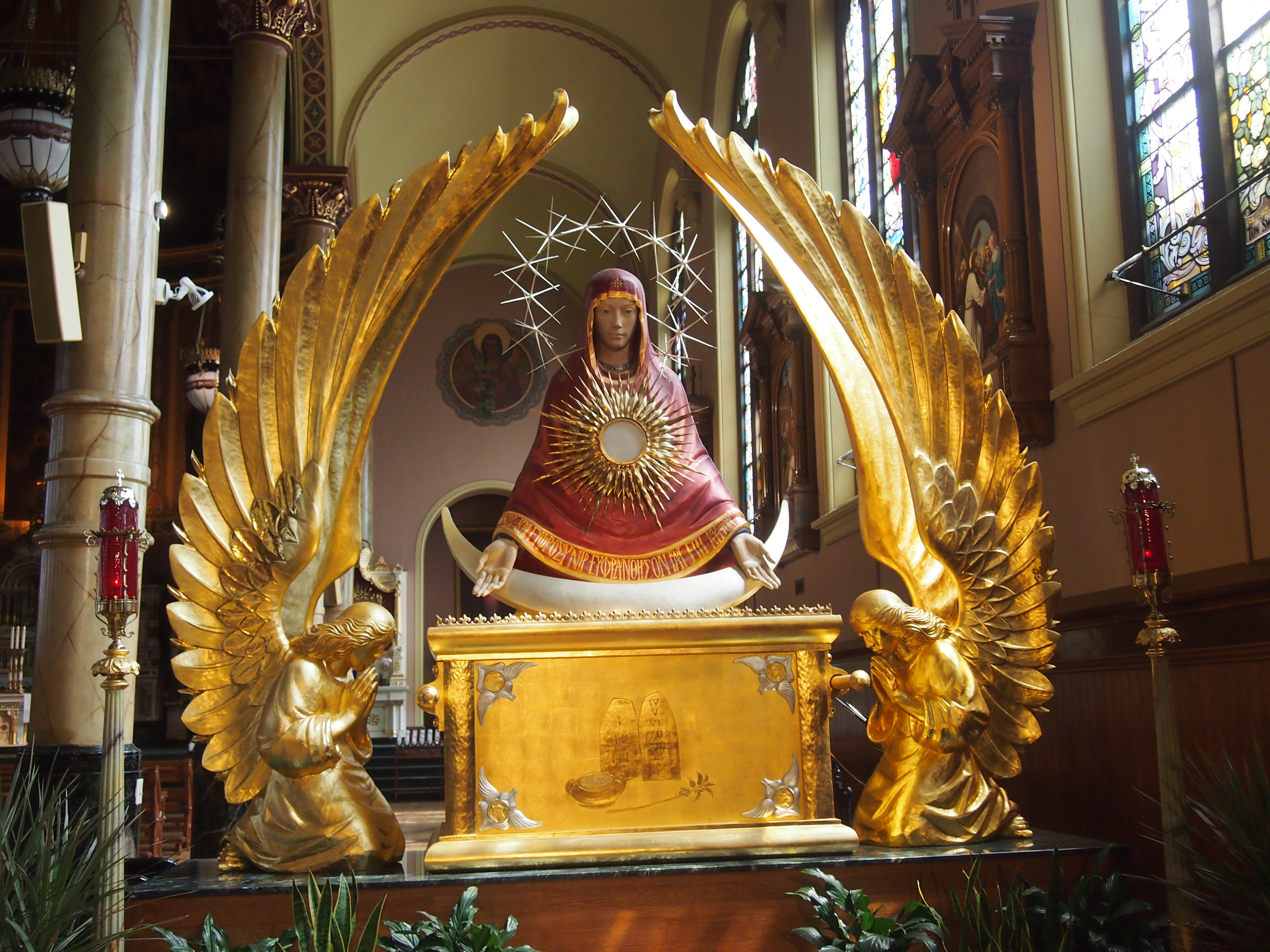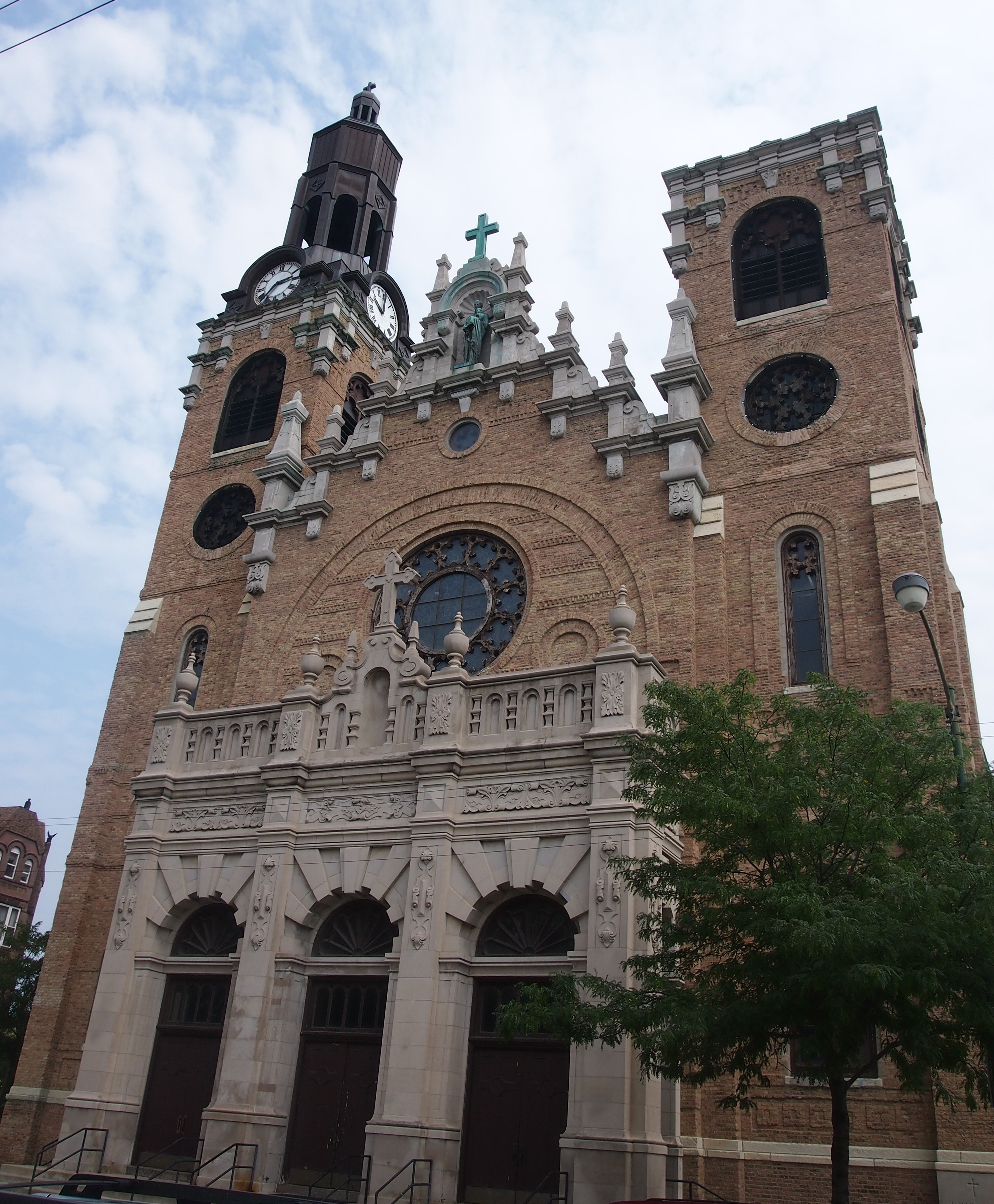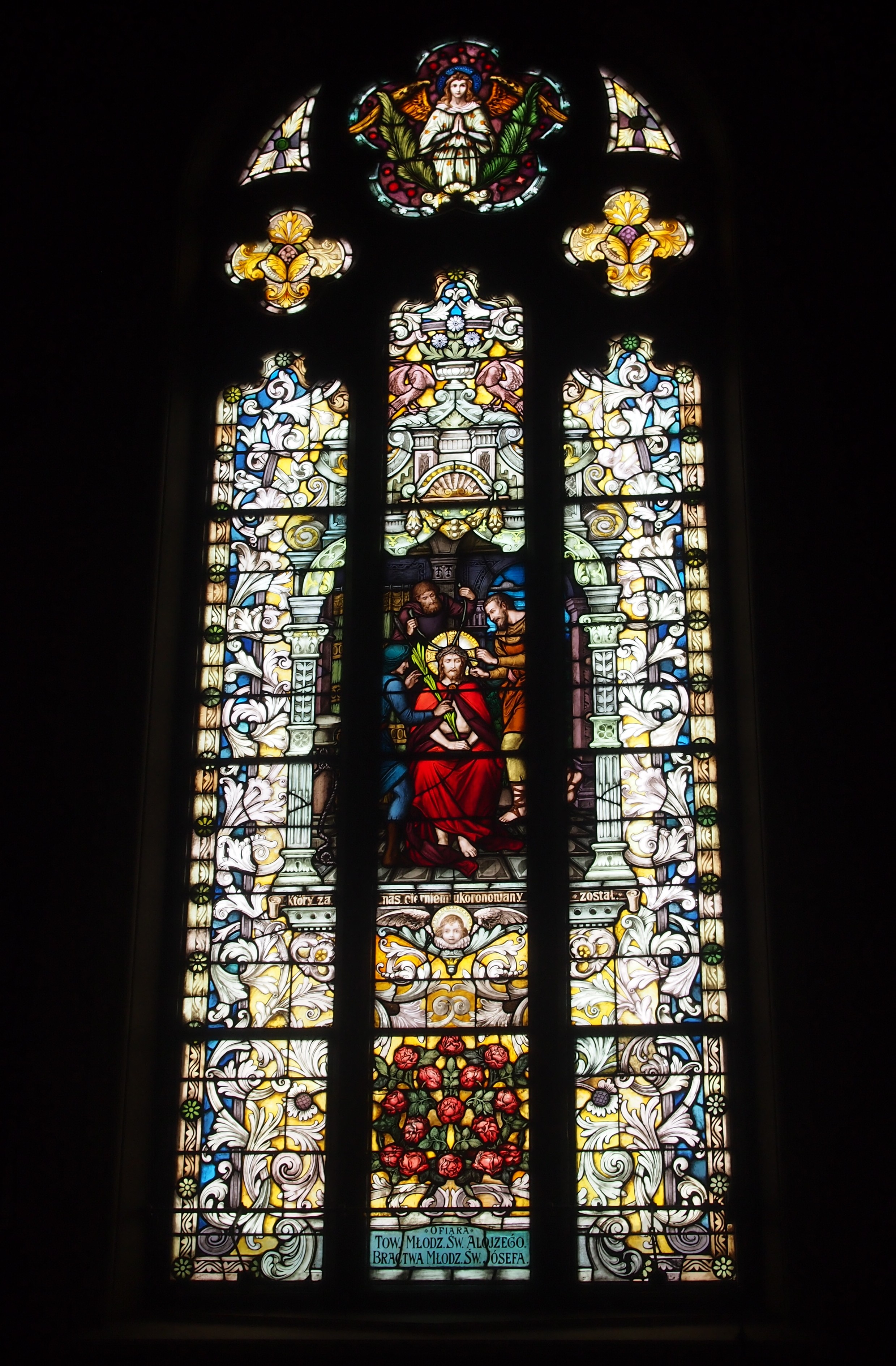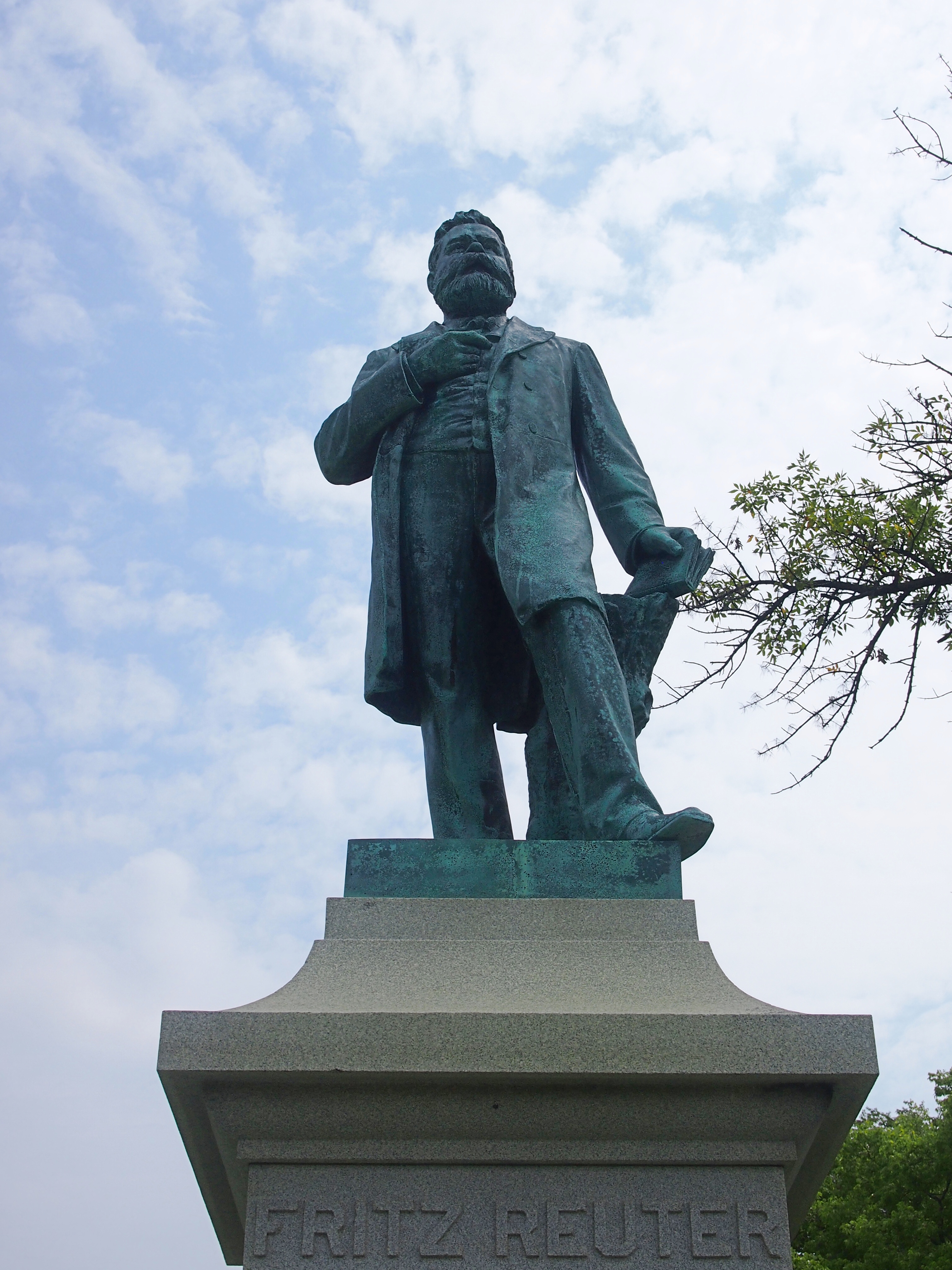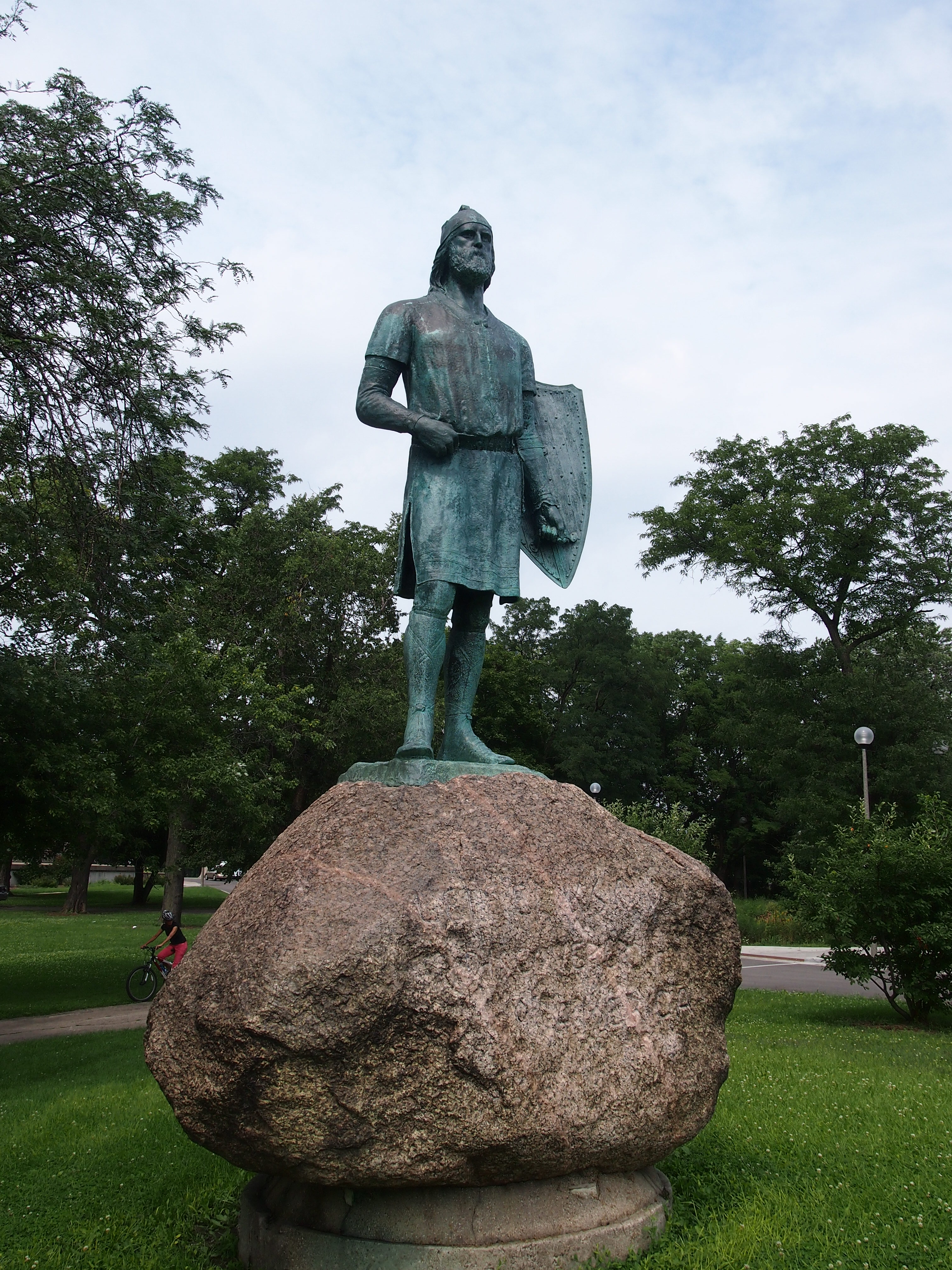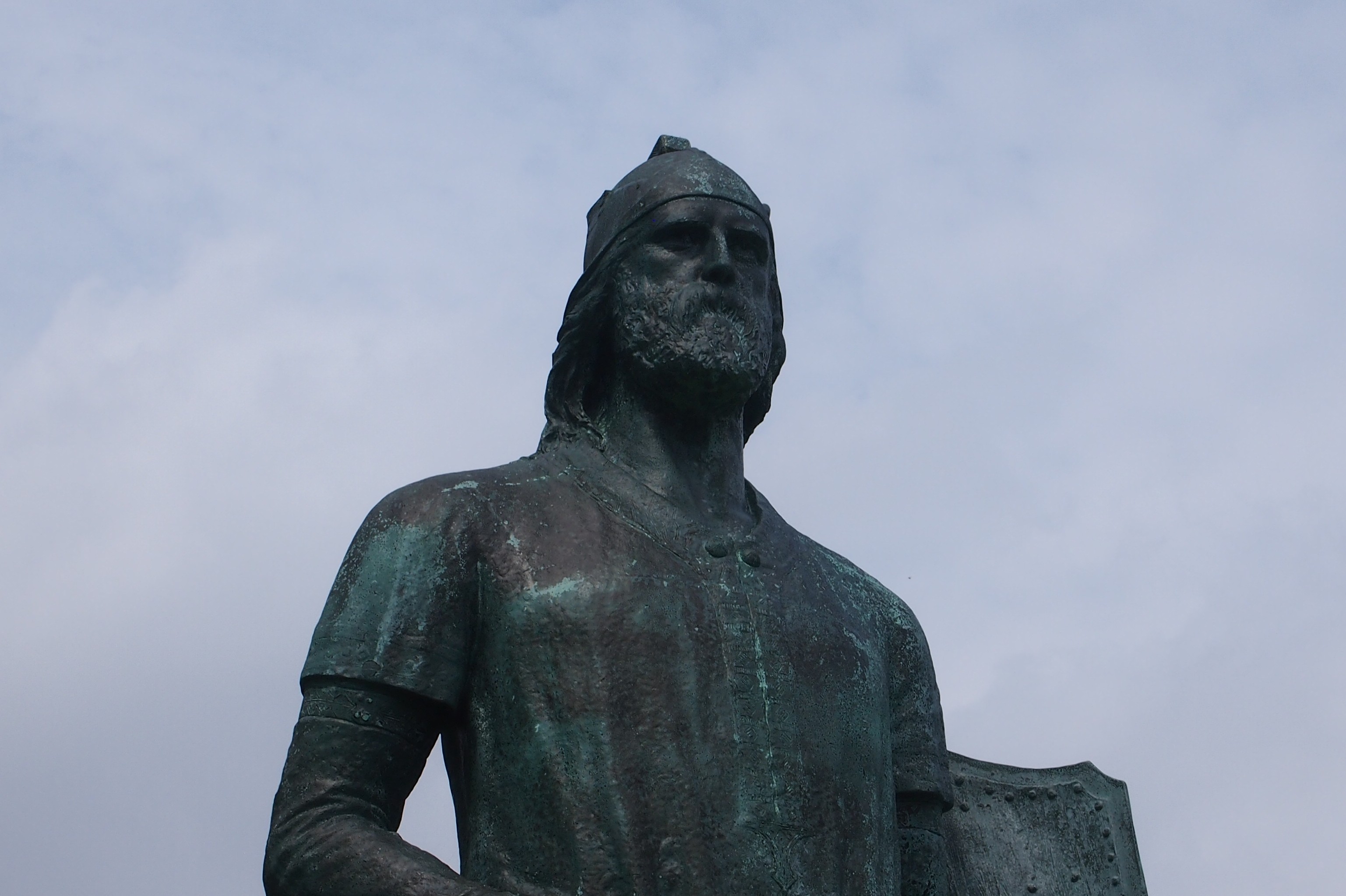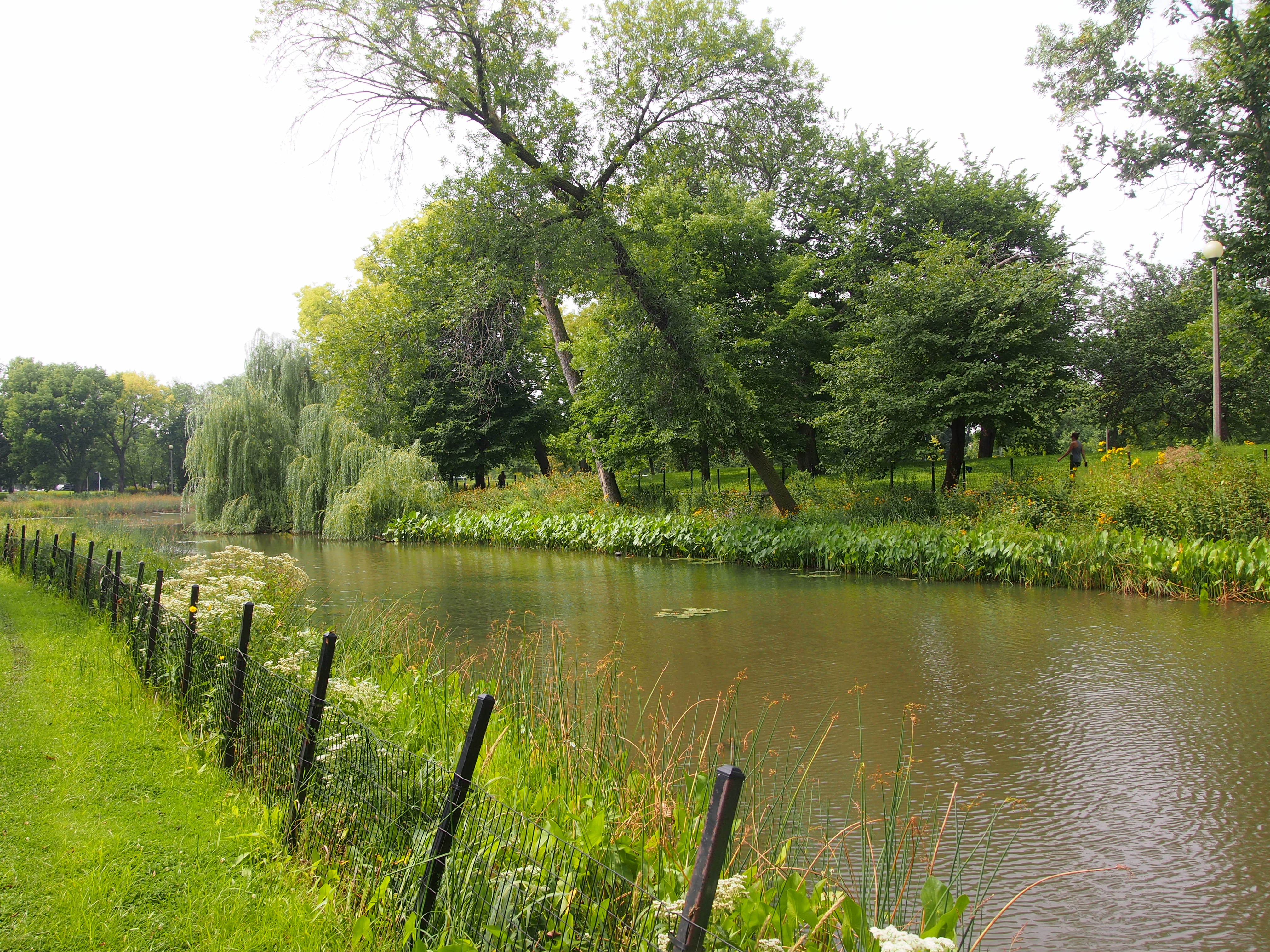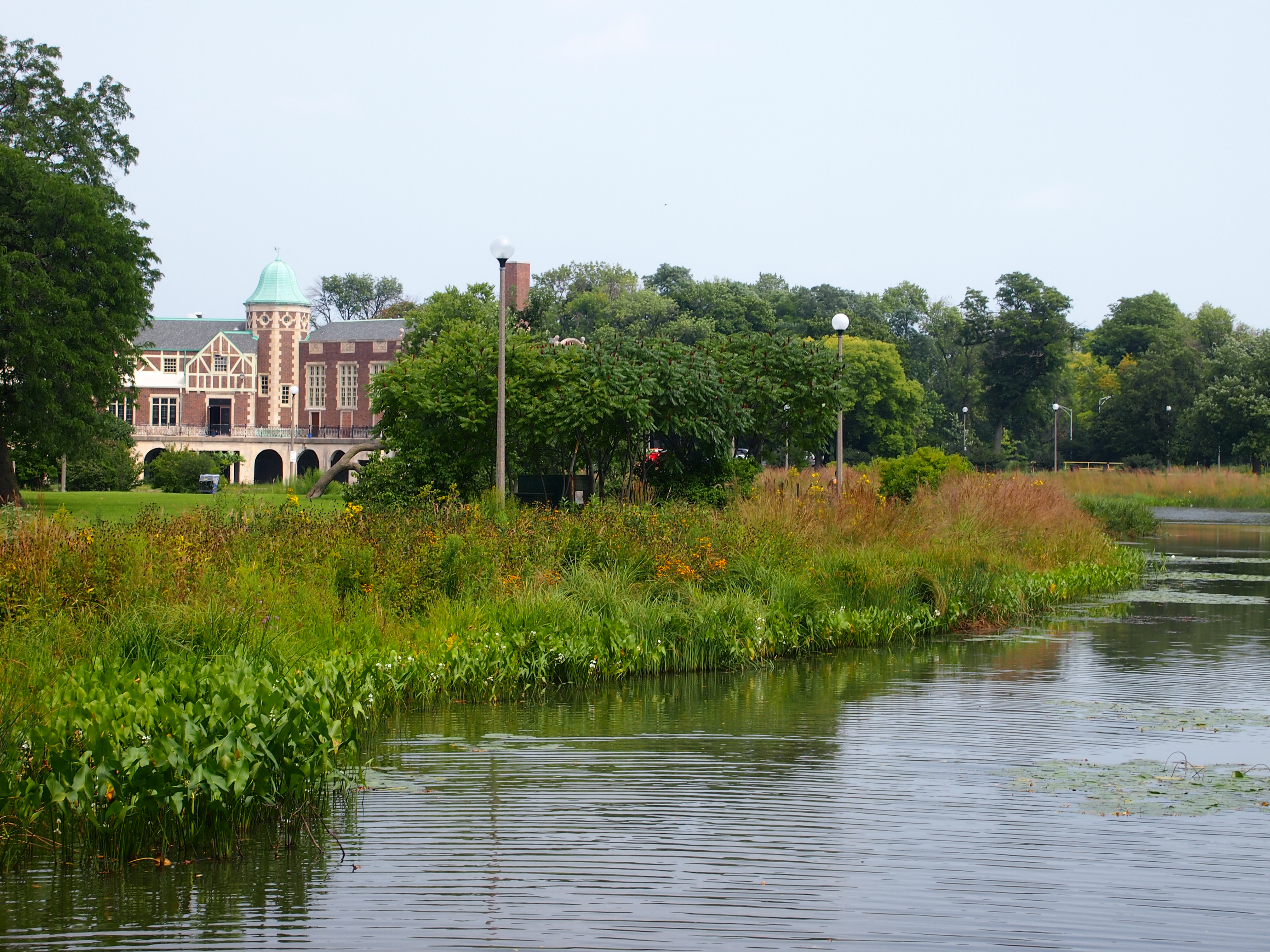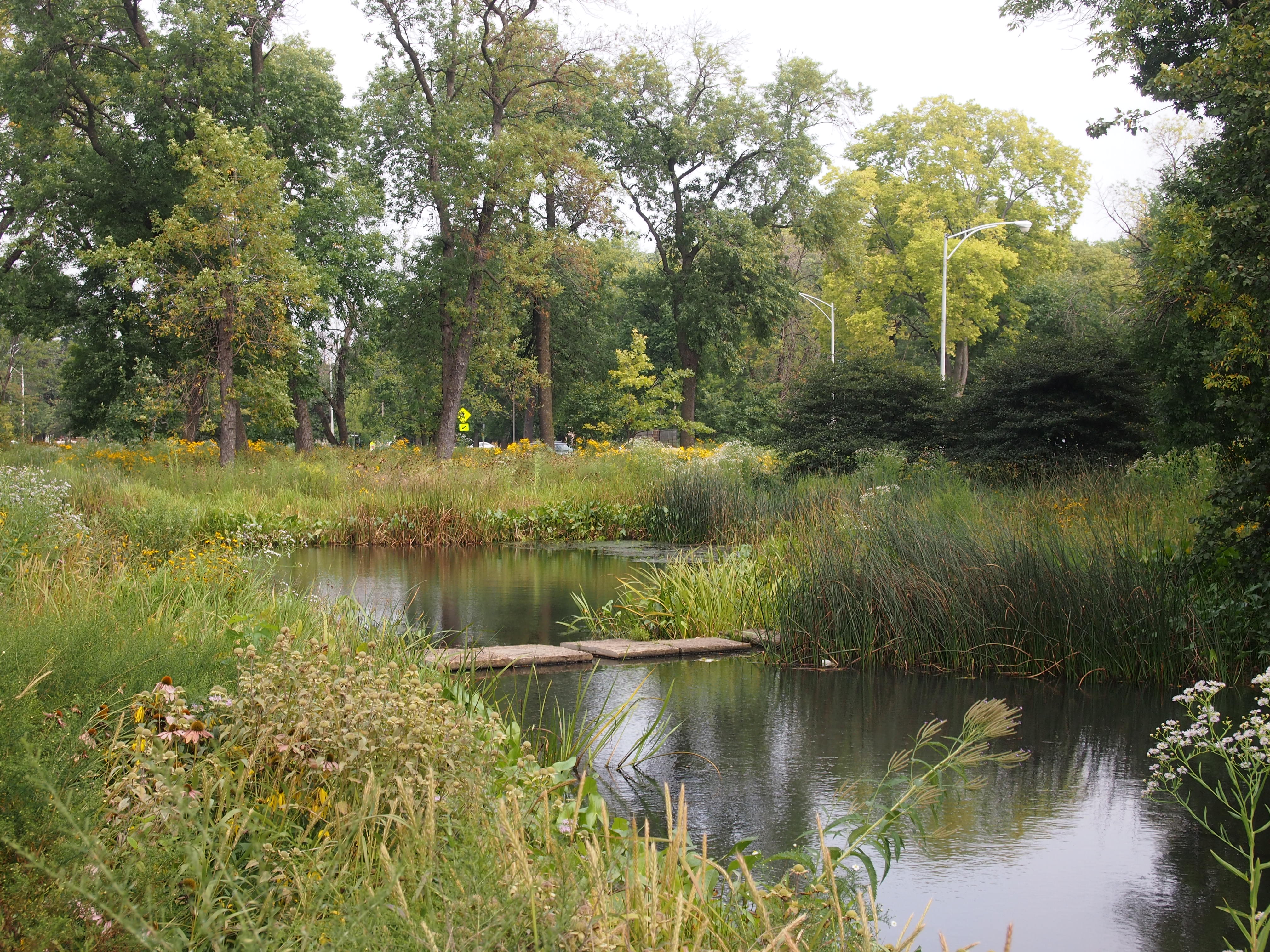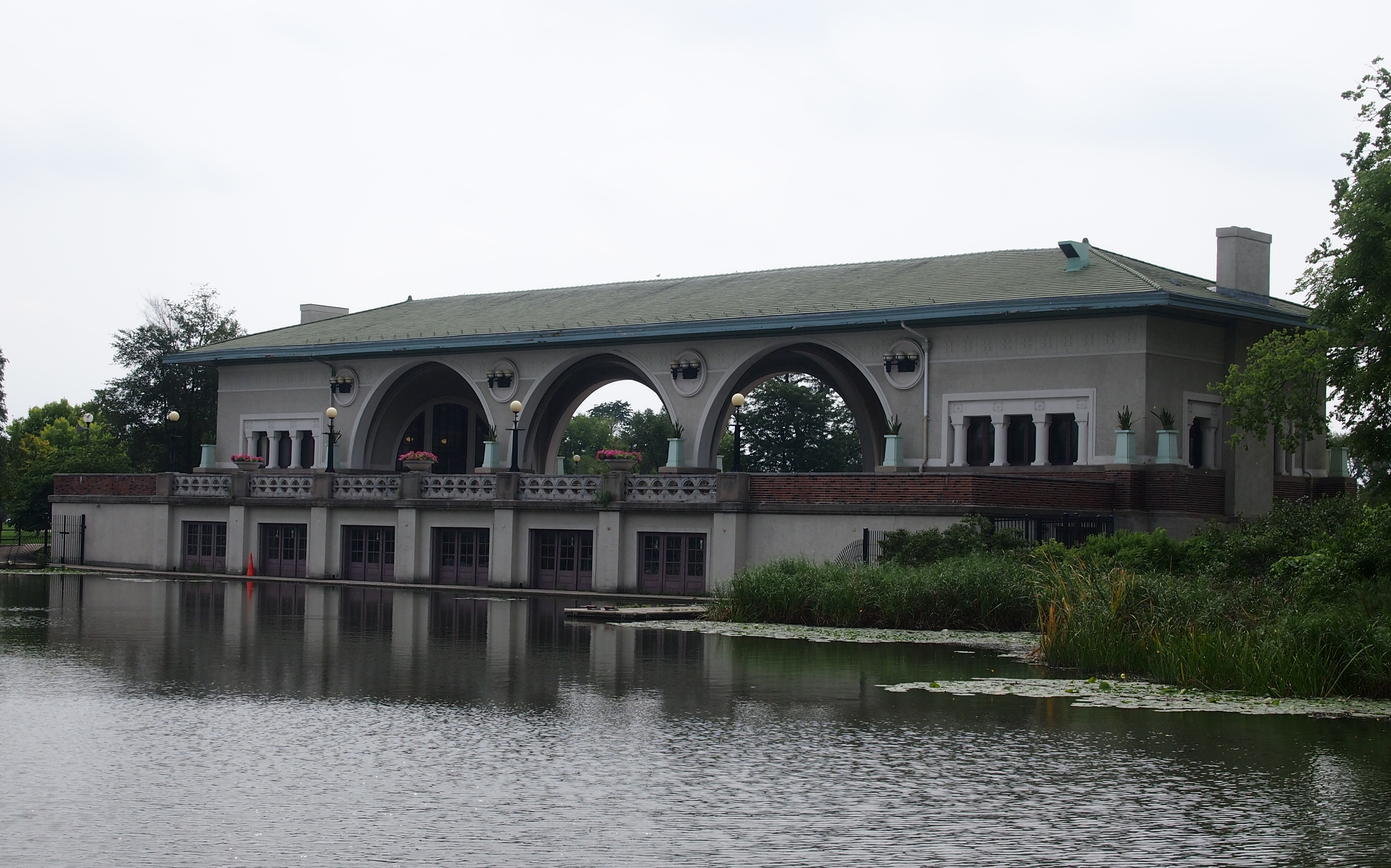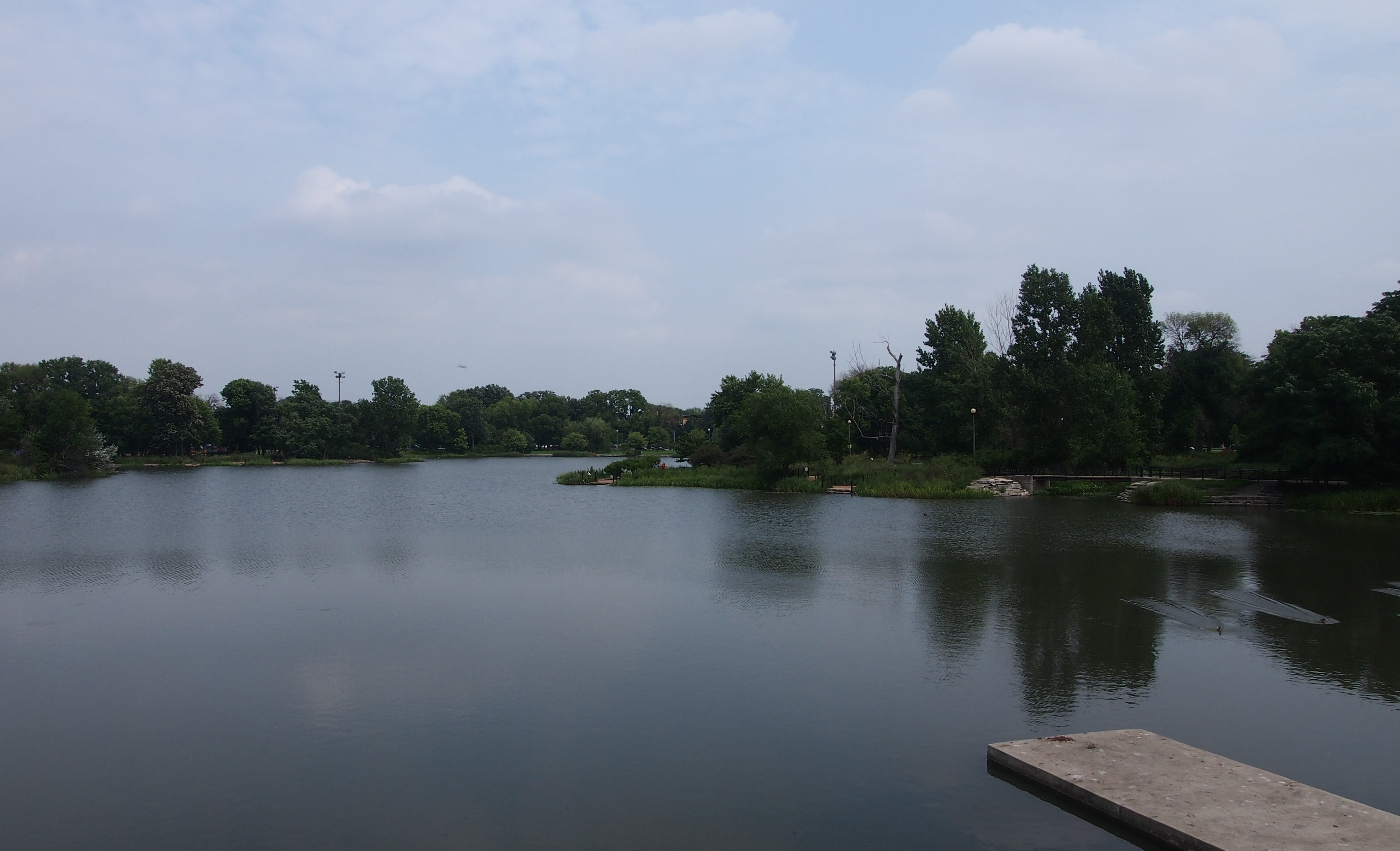Distinctly cool today. We’re in for a run of cool days — enough to use the heater. A bit of fall too soon, but there will be some more warm days before there aren’t any more until next year.
The local skunk population seems to be way up. I smell them often when driving along. At night, I’ve seen a few live skunks scurrying down the street – the first time that’s ever happened since I moved to the northwest suburbs over a decade ago. By day, I see dead skunks on the road.
Not long ago, early one evening, I went out the front door and there on the driveway was the distinct black-and-white of a skunk. I stopped instantly. It stopped too. I figured it would do what most animals do in the face of a larger animal – get away. Advance on the animal, get sprayed. Otherwise, not. I was right, it hurried away.
A headline spotted today, via Google News: “Islamists Are Not Our Friends.” An Op-Ed in the NYT. Glad you cleared that up, headline writer. I would drag out Captain Obvious, but that seems a little adolescent, as many Internet memes are. Why is he a captain, anyway? Patterned after Captain America and the even greater Captain Canuck, I suppose, but isn’t –man the common suffix for a superhero, even a satirical one? Greater minds than mine will have to sort these questions out.
Another head: “DC teacher has sixth-graders compare George Bush to Adolf Hitler.” That from Fox, which is probably trying to highlight the shocking things that public school teachers do, especially if they have the temerity to belong to a union. But then again, you can compare the two (and I’m assuming they mean the younger Bush, but it doesn’t matter). Conclusion of such a comparison: Bush wasn’t much like Hitler. No major American politician has been, is, or can be. Well, maybe Huey Long had a bit of der Führer in him, but we’ll never know for sure.
From Newser, which seems to be a Weird News site: “Waitress Hits Lottery, Won’t Quit Job.” Why is that news? Is that supposed to be salt-of-the-earth admirable in some way? Or just the mark of a shriveled imagination? It just begs for an Onion satire. They’ve probably already done it: “Waitress Hits Lottery, Says Take This Job and Shove It.”
Product Thursday, example 1: Vigo Black Beans & Rice. In the convenient 8 oz. package, “completely seasoned & easy to prepare,” as the package says. Also: an Authentic Cuban Recipe. For a thing you cook in boiling water for a while – and that’s pretty much all there is to it – Vigo Black Beans & Rice is pretty tasty. Everyone liked it. Now if I could only remember where I bought it.
Example 2: Pirate’s Booty. Yuriko, impressed by a sample being given away, bought a bag of the white cheddar snacks. Shrug. Coincidentally, Lileks had a comment about the bag this week: “I have always hated this guy. Partly for the way he’s drawn. Partly for the fact that the food within is overpriced and insubstantial. But mostly for THAR BE GOOD, which he says on the larger packages. It just bothers me.”
The cartoon pirate on the bag does look like a Hanna-Barbera reject, but the stereotypical pirate verbiage doesn’t bother me particularly. After all, Talk Like a Pirate Day is coming up soon (next Friday). Like National Gorilla Suit Day, it comes but once a year.
Speaking of the Hanna-Barbera cartoon factory, I saw the introduction to the original Space Ghost the other day, probably for the first time in well over 40 years. Why? One of those things that happens when you’ve got a lot of other, more important things to do. One thing struck me about it. Space Ghost sure seemed to fight a lot of man-sized insectoid creatures.
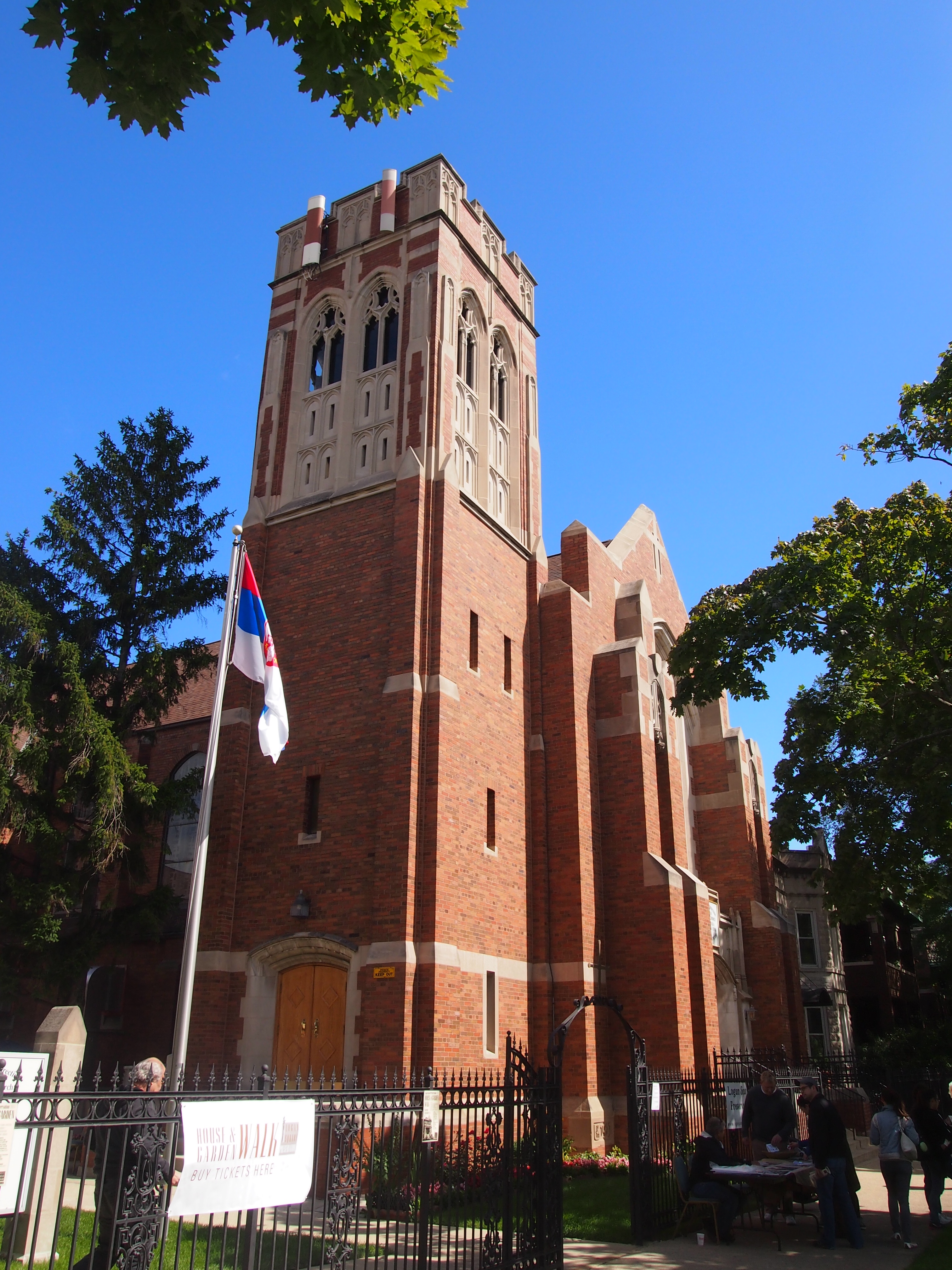 It’s a handsome Gothic building with Arts and Crafts overtones, I’ve read, though my eye isn’t keen enough to pick out the overtones. Like much of the neighborhood, the property dates from the 1910s – 1910, in fact – and it was designed by Lowe and Bollenbacher, a firm active in Chicago and Bloomington, Ind., a century ago. Apparently they did a lot of work in both places.
It’s a handsome Gothic building with Arts and Crafts overtones, I’ve read, though my eye isn’t keen enough to pick out the overtones. Like much of the neighborhood, the property dates from the 1910s – 1910, in fact – and it was designed by Lowe and Bollenbacher, a firm active in Chicago and Bloomington, Ind., a century ago. Apparently they did a lot of work in both places.